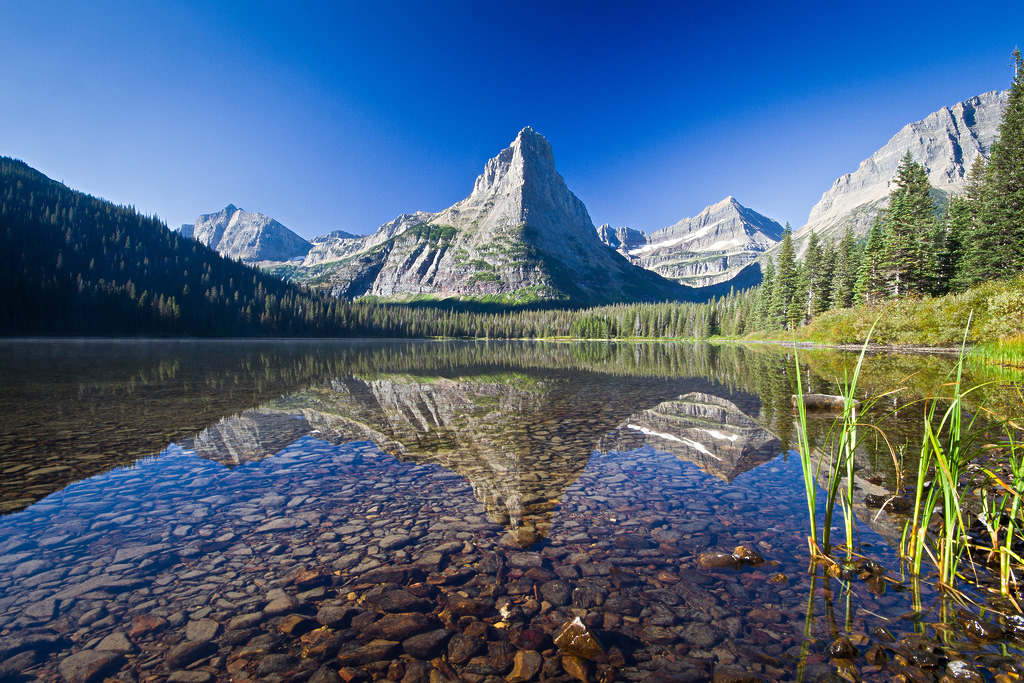
Waterfront camping sites offer great scenic locations, apart from the added incentive to go swimming or boating – either fully powered with outboard motors or a leisurely man-powered vessel. A variety of mountain streams and lakes offer exciting locations for waterfront camping. Australia is well known over great camping sites so why not try that kind of experience. Over Australian camping sites you can find best camping sites that will suit your needs.
Here are a few guidelines you must consider in order to avoid needless environmental impact or personal harm, while enjoying your water side camping experience:
Set Up Camp At A Safe Distance From The Water
After experiencing all the fun-filled activities that a waterfront site can offer (such activities include swimming, surf fishing, kite flying, beach combing, SUP and boating), you may be tempted to camp right next to the body of water. This is definitely, not advisable. Such close proximity to a lake or river has various risks. For instance, areas close to rivers or creeks are prone to sudden flash floods during periods of imminent high country storms. Furthermore, rising waters can moisten the ground beside a lake or river, which can then easily wash away towards the water body.
To avoid any water side disasters, simply consult with local authorities or refer to local tide tables so that you can identify the currently estimated high water mark. Using this reference point, you can safely set up camp above the high water mark.
Avoid Animal Paths To The Water
Camping in the wild has its special adventures, which includes encounters and sighting of various kinds of wild life. Many such wild animals are either harmless or would stay out of your way as much as possible. This means that you should also strive as much as possible to stay out of their way, particularly when they come for water.
The critical times that most wild animals come for water at the creek, river or lake is usually at dusk or dawn. However, you can take early precaution by staying clear of their path. Most likely, you will easily identify a narrow, winding path – the tell-tale sign of a well-established animal trail to the water. If you have to set up camp, such paths are no-go zones.
Wash Dishes At A Safe Distance From The Water
Campers intending on going fishing far from the shore, would require fast boats fitted with outboard motor, rather than the slow-moving, man-powered vessels. Since fishing is such a pivotal activity for many campers, contamination of the lake or river must be avoided in order to preserve fish populations.
A likely contaminant of water bodies during camping may come from the water used in washing dishes and clothes, as well as bathing. Since these activities are unavoidable, they must be carried out as far as possible from the river or lake. Such cleaning activities require a distance of more than 200 feet from the water body. At such a distance, waste water would be effectively filtered through the ground before entry into the lake or river. Use of biodegradable soap is also preferable to normal soaps.
Photo by: Jeff Pang

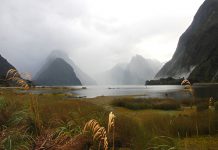


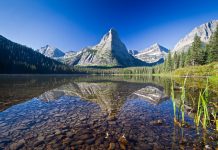
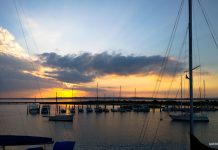

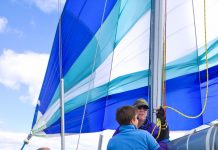
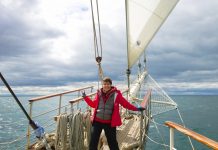

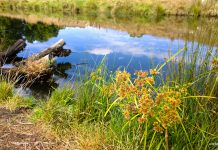

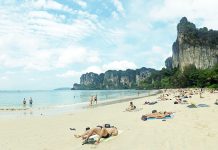




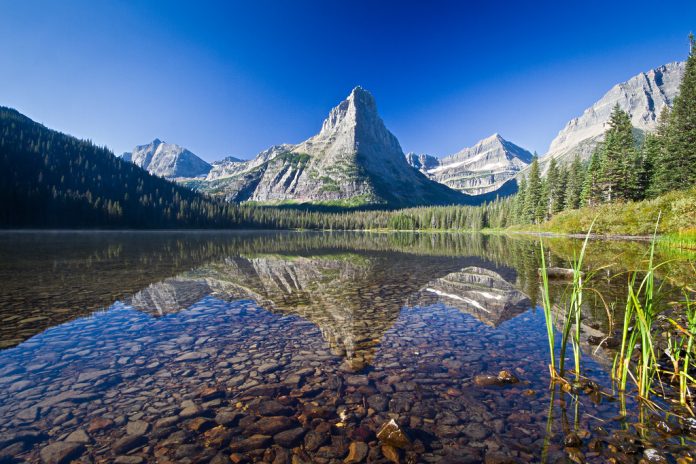
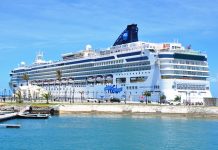

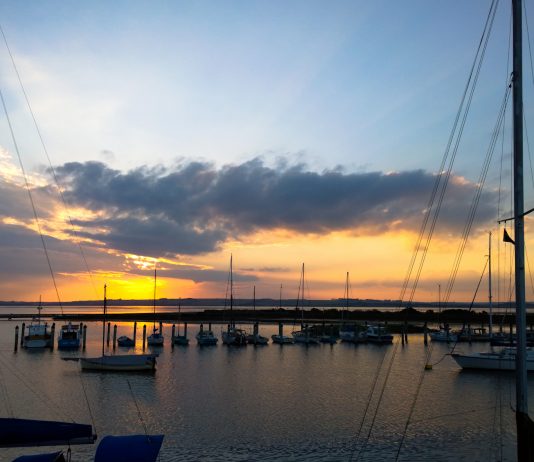









![[Photo Tip] How To Approach People To Take a Photo of Them People of Sierra Leone West Africa](https://goforfun.com.au/wp-content/uploads/People-of-Sierra-Leone-West-Africa-100x70.jpg)
I believe following the rules and making some precautions for you self to do what is only right is goo.Way much better.